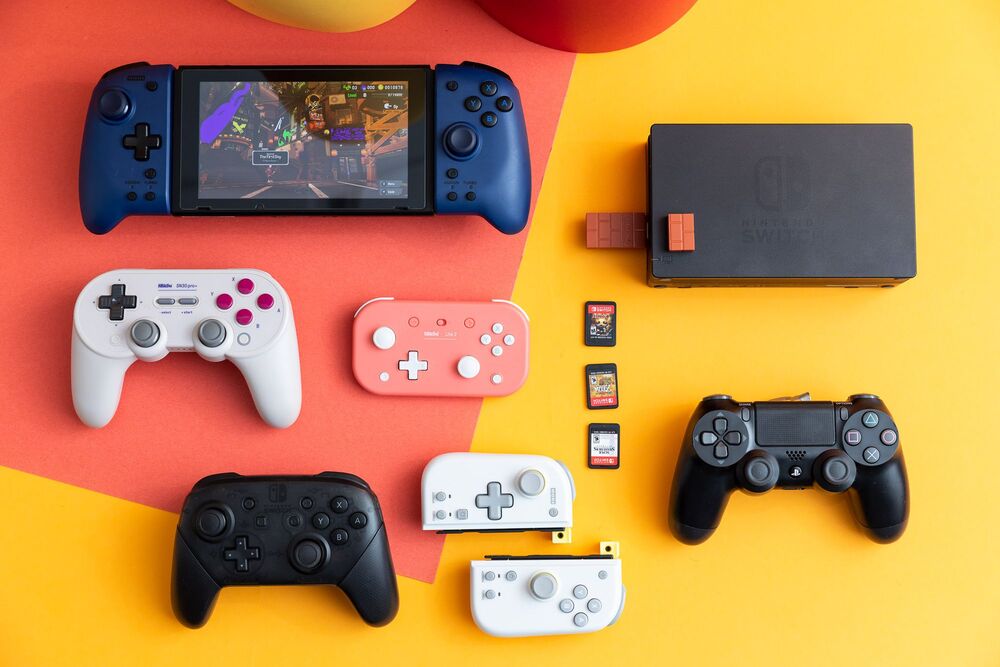

As long as you copy from the device file (/dev/whatever), you will get “the raw bits”, regardless of whether you use dd, cp, or even cat.


As long as you copy from the device file (/dev/whatever), you will get “the raw bits”, regardless of whether you use dd, cp, or even cat.
You’re thinking of Mtgox, a Magic card trading website that reinvented itself as a Bitcoin exchange—and then disappeared with its users’ money.
As someone who occasionally dabbles in music production on Linux, I love that Pipewire lets me run JACK and Pulseaudio apps side-by-side without having to jump through hoops.
On my distro (debian) I can use systemctl --user restart pipewire.service.


This website explains the process: https://git-send-email.io/


I’ve been playing CrossCode, an indie action RPG that’s basically a love letter to 2D retro games.
I’ve found it incredibly engaging, almost addictive. I’ll sit down to play, and multiple hours will pass in what feels like no time at all. There are parts where the difficulty gets high enough to become genuinely frustrating (mostly in the puzzles, not the combat), but the game feels so good to play that I’ve never been tempted to quit. It does an incredible job of evoking the feeling of a retro game without compromising on modern quality-of-life features or polish.
I’ve found lately that polish is the single thing that most makes a game stand out in my mind, and perhaps surprisingly, some of the most polished experiences I’ve had have been with indie games. Hollow Knight was one of them, and from what I’ve seen so far, I’d rank CrossCode in the same league. Very excited to see how the story ends, and check out the DLC.
You could try the solution suggested in this reddit thread, and use systemctl to start and stop wireguard instead of wg-quick.


The Radiance in Hollow Knight.
Huge difficulty spike compared to what comes before it. Accounted for a full 5 hours out of my 45-hour play time. Even when I was totally in the zone, it took some good RNG to get through the hardest part of the fight.
I don’t regret grinding it out, but I’m certainly not going back for seconds any time soon.


For me, Crunchbang was a great introduction to the possibilities of customizing your Linux experience. No giant, monolithic desktop environment, just a handful of programs that you could (and were encouraged to) tweak or replace to your heart’s content.
I still run a Crunchbang-inspired setup on my vanilla Debian install—openbox, tint2, conky, nitrogen, gmrun, Win+Letter hotkeys for frequently-used apps, etc. While I’ve outgrown the need for a preconfigured distro myself, I’m glad to see these projects still providing an on-ramp for users looking to dip their toes into the deeper end of the Linux pool.


The first step after you untar is always “open the README and look for build instructions.”


Same thing happened to me. Borked my Windows install and didn’t have a recovery disc, so I just wiped the whole thing and went Linux-only. Never looked back since. :)
Sometimes, all you need is a little push to get you out of your comfort zone.
https://www.merriam-webster.com/dictionary/gimp